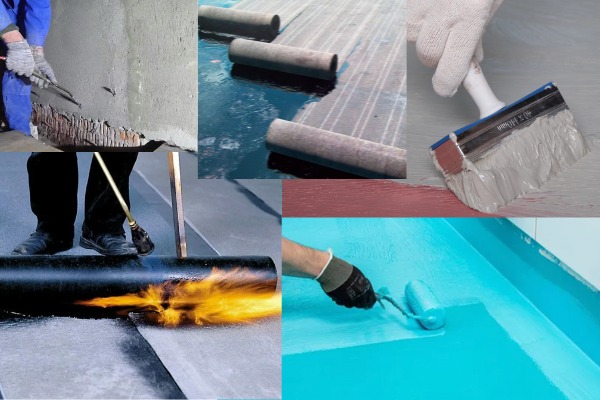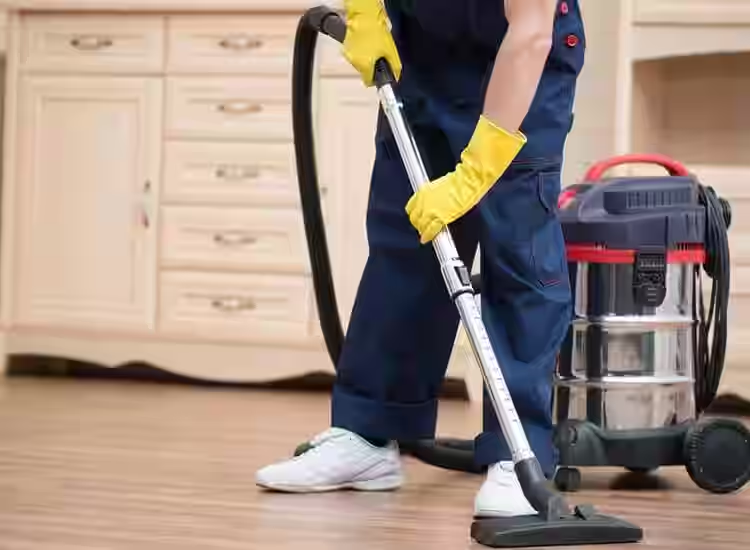All surfaces and structures which can come into contact with the water should be protected. This is necessary in a home’s foundation, basement, and roof. In a home or apartment it’s needed in the kitchen and bathroom, where there is a risk of leaks or overflowing water. The heater inside the home must be protected against condensation and precipitation. It is important to note that water must be protected not only from areas where it can penetrate, but also in places where condensate or washing water could damage the material.
There are different types of Bathroom Floor Waterproofing such as superseal water-proofing that differ by purpose, location of use, and material. The market for waterproofing has grown significantly over the last few decades. New and innovative products have been developed, but the traditional methods of protecting against the water haven’t been forgotten.
It’s easy to get confused with all the options. We will classify the different types of waterproofing and explain their uses, pros and cons, and how they are installed.
Types of Waterproofing
There are many classifications for waterproofing technologies, including the type of material used, the purpose of the technology, the way it is arranged, and the time and place of its application.
There is both internal and external waterproofing at the location of use.
Interior waterproofing is the set of measures that are taken to protect against water inside, such as waterproofing walls and flooring in a bath.
External waterproofing protects the structure from water by insulating the foundation or the roof.
Primary and secondary waterproofing can be distinguished based on the application time.
The primary waterproofing is done immediately during the construction phase of the facility.
Secondary waterproofing are repair measures. If, for example, the primary waterproofing has been damaged or is not performing its function due to age, or another reason, then secondary waterproofing measures are taken. The old waterproofing is removed and the surface is cleaned thoroughly. A new layer of waterproofing is then applied. You can also apply a layer over the top of an old one. This is not recommended.
Coating Waterproofing
Surface coating waterproofing is a coating of various mastics. These are elastic compounds that can be one component or two components, and have a thickness ranging from 2 mm up to 5-6cm.
Use it for external waterproofing a building. It’s used to treat the foundation for protection from groundwater. Flat roof treatment is also recommended for protection from rainfall. It is also used for internal waterproofing-treatment of basement walls, treatment of the floor and walls of the bathroom. Cracks in walls can be closed using coating waterproofing. You only need to remember how waterproofing is done in panel houses. They look like rectangles when viewed from the side.
Disadvantages:
- At temperatures below 0 degrees C, bitumen loses its elasticity and becomes brittle. Deformations during negative temperatures can lead to cracks, tears and eventually the material detaching from the surface. The waterproofing made of bitumen has a service life of 5-6 years. Sometimes, even three or four winter cycles can be enough to cause the material’s failure.
- It is dangerous to work with hot bitumen.
- Surface preparation requires care. The surface must be cleaned of dust, debris, and mortar buildup. All cracks, sinks, and potholes should be sealed.
- Concrete must be completely dry to work.
- A high-quality primer is needed.
- The waterproofing surface must be protected from mechanical impacts, such as punctures or damage.
- A coating that has been damaged can be restored at a cost three to four times higher than when it was first applied.
Verdict:
Coating waterproofing is only recommended when leakage risk is low. If the groundwater is low, you can use bitumen to cover the walls of the foundation, create drainage around the structure, and drain the rainwater. Coating waterproofing is no longer necessary on roofs because bitumen cracks in frosts and ice can break through it. By spring, the surface will not be tight.
You will find on the market polymer resins and bitumen rubber mastics that can be applied cold. The cold method is faster and easier than the hot method. Polymer mastics have the same instabilities to deformations. Cracks and tears will occur if there is any mechanical or vibration stress.
Paint Waterproofing
The liquid mastics are applied in a 3 to 6 mm layer. The film is very elastic and does not have any seams.
This is used to waterproof both the exterior and interior. Paint materials can be used to repair wall cracks, crumbling, and erosion. The same mastics can also be used to waterproof the room from within. Painting the walls and floor of the bathroom, for example, will prevent flooding from neighbours as well as the destruction of wall material.
Materials:
bituminous materials with different additives such as talc and asbestos as well as synthetic resin mastics.
Merits:
It is simple, inexpensive, and fast. No special skills in material are required. The coating is both abrasion-resistant and vapour permeable.
Disadvantages:
Durability – lasts approximately 5-6 years.
Sprayable Liquid Waterproofing
Spraying water-based polymer bitumen emulsions is also known as “liquid rubber”. Spraying is used to apply two-component and one-component compositions using special equipment.
It is not a good idea to use liquid rubber on the inside of a basement. Liquid rubber cannot withstand negative pressure from water. It will simply come off the base. Spraying it on the basement floor is a waste. You can use it safely if the water pressure on your roof is high.
Materials:
Synthetic rubber
Merits:
Spraying liquid rubber creates a coating that is tight. Due to mechanization, the surface can be processed quickly.
Disadvantages:
- The temperature must be at least +5 degrees Celsius.
- The coating can be punctured.
- The surface of the substrate should be dry before application.
- Strong winds make spraying difficult. It is important to spray in calm weather.
- High Price
- Complex reliefs require a higher consumption of materials, resulting in a general increase in price.
- Only specialists can perform work.
- A special expensive equipment is needed.
- A porous pancake would appear on the surface of a base if the storage conditions for liquid rubber are not met.
- Only outside can be used.
Conclusion
It is important to waterproof your home and building as this will prevent damage from moisture or water.



